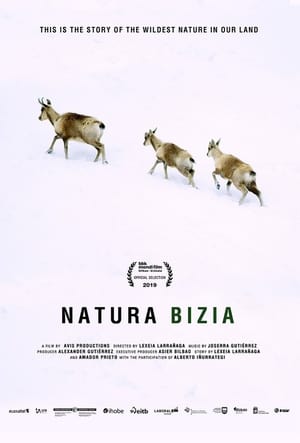

Siberian Apocalypse(2006)
This astounding documentary delves into the mysteries of the Tunguska event – one of the largest cosmic disasters in the history of civilisation. At 7.15 am, on 30th June 1908, a giant fireball, as bright the sun, exploded in the sky over Tunguska in central Siberia. Its force was equivalent to twenty million tonnes of TNT, and a thousand times greater than that of the atomic bomb dropped on Hiroshima in 1945. An estimated sixty million trees were felled over an area of over two thousand square kilometres - an area over half the size of Rhode Island. If the explosion had occurred over London or Paris, hundreds of thousands of people would have been killed.
Movie: Siberian Apocalypse

Siberian Apocalypse
HomePage
Overview
This astounding documentary delves into the mysteries of the Tunguska event – one of the largest cosmic disasters in the history of civilisation. At 7.15 am, on 30th June 1908, a giant fireball, as bright the sun, exploded in the sky over Tunguska in central Siberia. Its force was equivalent to twenty million tonnes of TNT, and a thousand times greater than that of the atomic bomb dropped on Hiroshima in 1945. An estimated sixty million trees were felled over an area of over two thousand square kilometres - an area over half the size of Rhode Island. If the explosion had occurred over London or Paris, hundreds of thousands of people would have been killed.
Release Date
2006-12-28
Average
0
Rating:
0.0 startsTagline
Genres
Languages:
Keywords
Similar Movies
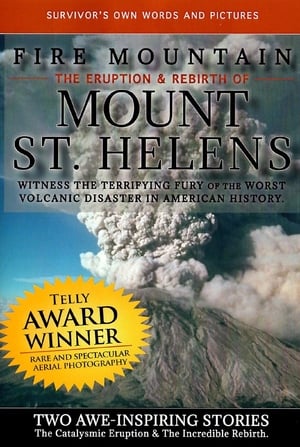 10.0
10.0Fire Mountain: The Eruption and Rebirth of Mount St. Helens(en)
In 1980, the eruption of Mount St. Helens leveled 230 square miles, sent 540 million tons of ash and volcanic rock twelve miles into the air, and blasted one cubic mile of earth from the crest of the Cascade Mountain Range. Illustrates the terrifying fury of the most destructive volcanic disaster in American history through aerial photography and survivors' own words. Shows examples of nature's plant and animal recovery seventeen years later.
Joshua Tree - The Desert Forest(en)
For the Serrano and Cahuilla peoples, the desert was home. For hardy prospectors and ranchers, for William Keyes and his family, the desert offered the less-traveled path through life... at times revealing riches... at other times bring little more than hardship and death. Desert: the ancient Roman word really doesn't apply here. Countless plants and animals contribute to a vibrant, living landscape. the desert forest of Joshua Tree isn't deserted at all.
 0.0
0.0Africa's Wild West(en)
Some 150 wild horses live in an expanse of desert, grassland and rock along Namibia’s west coast - a ‘Forbidden Zone’ rife with ghost towns.
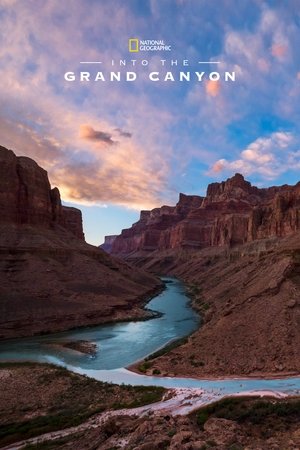 7.7
7.7Into the Grand Canyon(en)
Two journalists traverse the Grand Canyon by foot, hoping this 750-mile walk will help them better understand one of America's most revered landscapes and the threats poised to alter it forever.
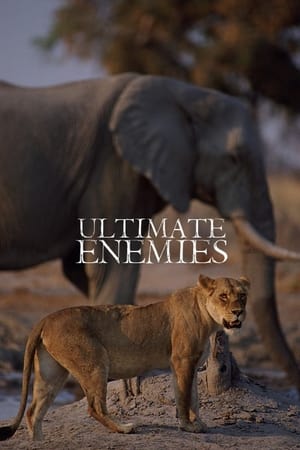 0.0
0.0Ultimate Enemies: Revealed(en)
National Geographic filmmakers, Dereck and Beverly Joubert, explore how some animals are thrust together by the forces of nature-sometimes through a millennium of evolution or even last year’s drought. In the aftermath of strange elephant deaths, they piece together a visually stunning story that confirms their theory that lions were hunting elephants. Narrated by Jeremy Irons.
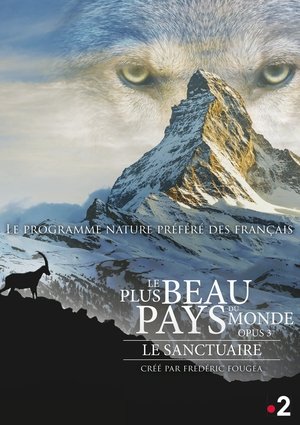 8.8
8.8The Sanctuary: Survival Stories of the Alps(fr)
A dive inside a wild land where nature hides some of her greatest secrets: The Alps. Steep slopes, wind swept cutting edge rocks. An air desperately lacking of oxygen. A biting cold. How do living beings adapt to those extreme conditions?
 7.5
7.5Castro's Secret Reef(en)
Cuba's enforced isolation has resulted in the unlikeliest of marine reserves: a huge, rambling archipelago known as Jardines de la Reina, or "Gardens of the Queen." Stretching around 140 miles along the southern coast of Cuba, it's one of the longest barrier reef systems in the world. Get an up-close look at Fidel Castro's diving playground, a forgotten ocean paradise unseen for half a century, and witness exotic species rarely seen elsewhere in the region. It's the lost jewel of the Caribbean, but how long can this pristine wilderness survive?
Forged from Fire(en)
The story of how an Australian and international community of blacksmiths, welders, artists and volunteers responded to the devastating Black Saturday bush-fires by creating perhaps the nation's most ambitious public artwork and memorial – The Blacksmith's Tree, a three tonne, 9.8-meter tall stainless steel and copper gum tree.
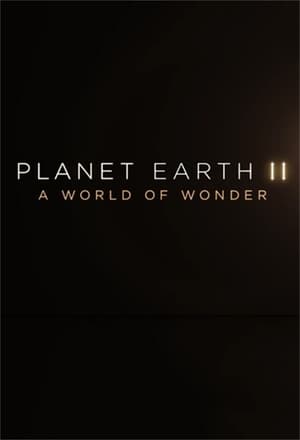 7.5
7.5Planet Earth II: A World of Wonder(en)
A compilation episode of the wildlife documentary series presented by David Attenborough, uncovering the secrets of animals across the globe.
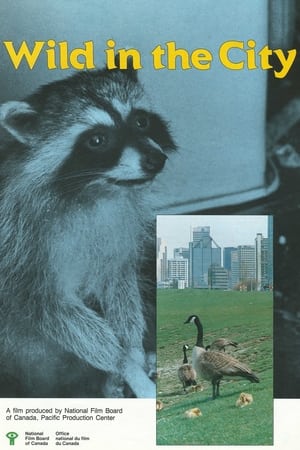 0.0
0.0Wild in the City(en)
This short documentary films some of the wild animal species that have adapted to the city of Vancouver, from the familiar pigeons and starlings to the less familiar herons nesting in Stanley Park and a coyote in a farmer's field.
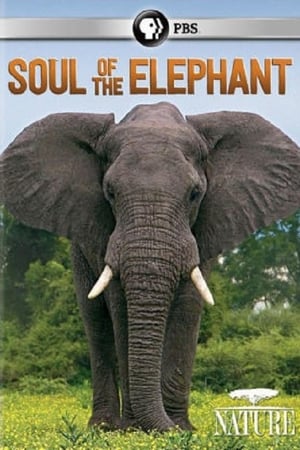 7.0
7.0Soul of the Elephant(en)
As the largest living terrestrial mammals, elephants are usually considered as survivors under even the most dire climatic conditions. But all too often, these majestic giants are killed illegally for their ivory tusks. So, every dead full-grown elephant, whose carcass or skeleton is found with the tusks still in it, is a symbol of paradise – an elephant allowed to die of natural causes instead of bullets, snares or poison.
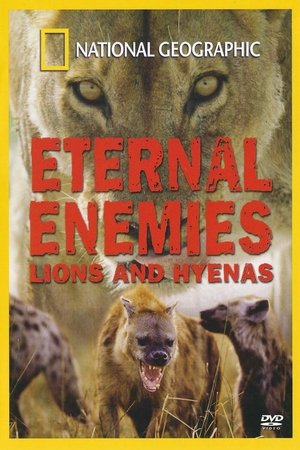 9.0
9.0Eternal Enemies: Lions and Hyenas(en)
Trek into the hidden battlefields of northern Botswana where lions and spotted hyenas clash in overlapping territories. With never-before-seen footage, much of it filmed at night, you'll uncover an intense and vicious blood feud that has been waged for millennia. Follow the Southern Clan, led by a powerful hyena matriarch whose firstborn female cub kills her sister at birth to assure her succession as leader of the clan. Lurk in the shadows as a lioness from the Central Pride gives birth to three cubs and then encounters a deadly Egyptian cobra. You'll be stunned by breathtaking chase scenes as the hyena matriarch is brutally killed by a male lion, throwing the clan into chaos. Discover nature's savage conflicts in this ancient rivalry.
The Scorpion's Tale(en)
The Scorpions belong to the oldest land-based arachnides with over 1800 different species known to exist. Usually, they do not surpass the size of 10cm in length, but exceptions are know, such as the Emperor Scorpion (Pandinus imperator) which can grow up to become over 20cm in size. Scorpions are mostly active at night and hide away during the day. Take a look into the live of these amazing creatures!
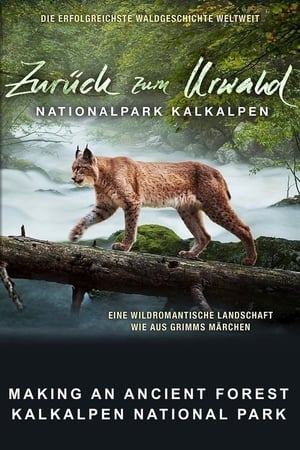 9.3
9.3Making An Ancient Forest - Kalkalpen National Park(de)
This film, three years in the making, The remote forests of Kalkalpen National Park in Austria, the largest area of wilderness in the European Alps, have been left untouched by humans for nearly a quarter of a century in order to return to their natural, primeval state. The landscape regenerates itself in dramatic cycles of growth and decay, and this bold hands-off method of conservation yields salient results: the lynx, absent from the area for 115 years, has returned.
 0.0
0.0Vielfalt statt Artensterben: Die Menschheit am Scheideweg(de)
The loss of biodiversity is highly alarming: our planet is currently experiencing the greatest extinction since the age of the dinosaurs. This film documents the extinction of species currently happening around the world. But it also highlights hopeful initiatives as committed men and women on every continent fight to save endangered species and work towards improving biodiversity.
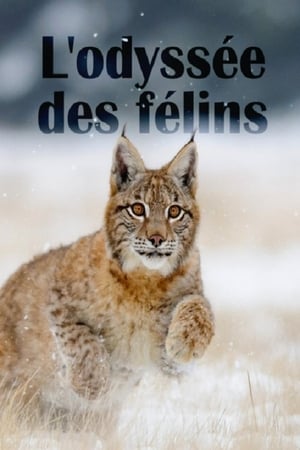 0.0
0.0The Odyssey Of Felines(en)
In the company of zoologist Patrick Aryee, a discovery of the 37 species of felines that inhabit the planet, some little known, others threatened.
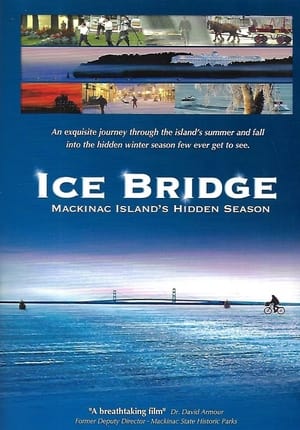 0.0
0.0Ice Bridge - Mackinac Island’s Hidden Season(en)
Mackinac Island, Michigan, is a tiny island in the center of the Great Lakes. Besides being a world favorite "Horse Drawn" and "Victorian Era" summer destination, the island holds another treasure few have ever seen: its wild, magical and beautiful winters. The 72-minute film Ice Bridge follows islanders' unique and quirky lifestyle throughout an entire year while tracing the formation of the spectacular phenomenon known as the "ice bridge" (a three-mile span of ice that allows islanders to cross to the mainland).
Gulf Stream and the Next Ice Age(en)
As co-created by environmentalists Stephan Poulle and Nicolas Koutsikas, the documentary Gulf Stream and the Next Ice Age argues and provides evidence for the idea that mankind is wreaking permanent and potentially irreversible damage on the ecosystem by interfering with the natural course of the Gulf Stream. Koutsikas and Poulle suggest that this interference, in turn, will prompt a new Ice Age that virtually destroys the modern world.
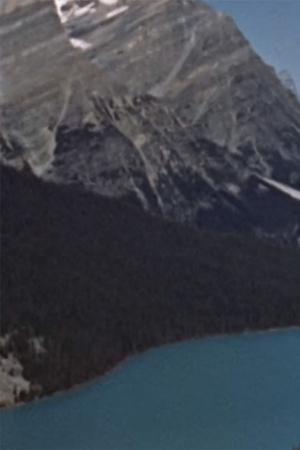 0.0
0.0Wildlife in the Rockies(en)
After many years of careful conservation, Banff and Jasper National Parks have become vast zoological gardens. Deer, moose, bear, big-horn sheep, birds and small animals that live above the treeline are natural subjects for the close-up camera, with a backdrop of snowy peaks.
